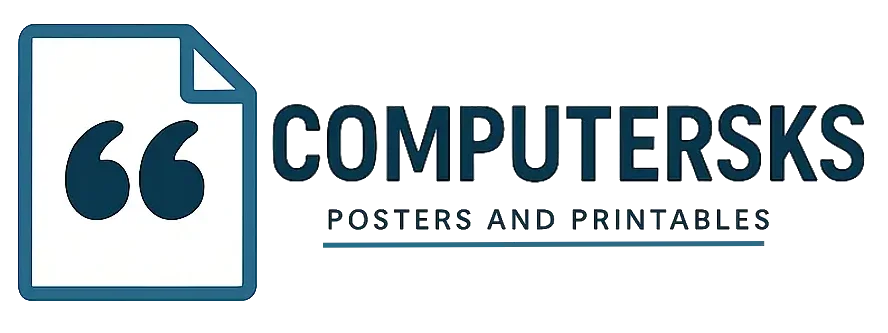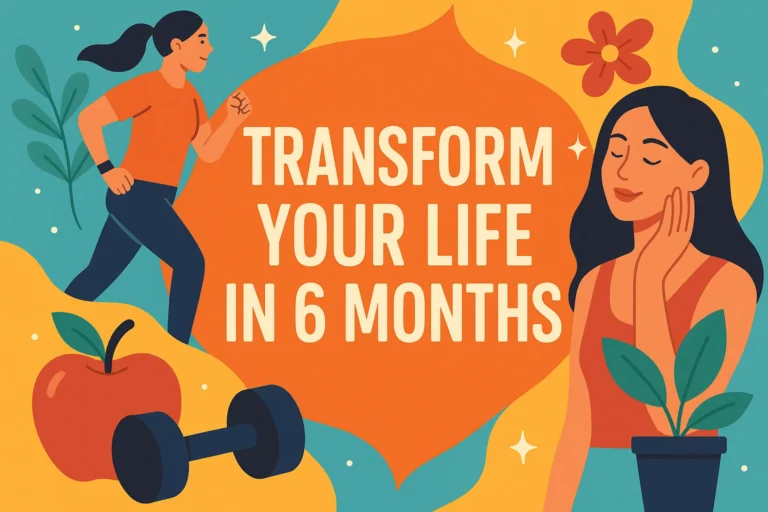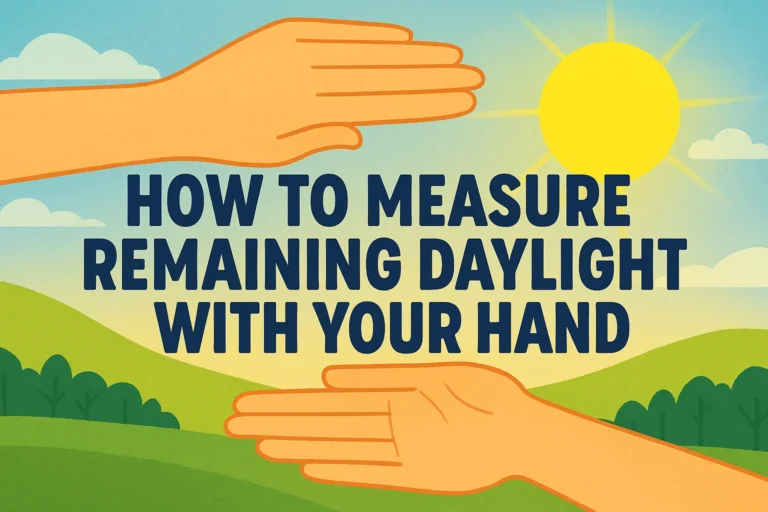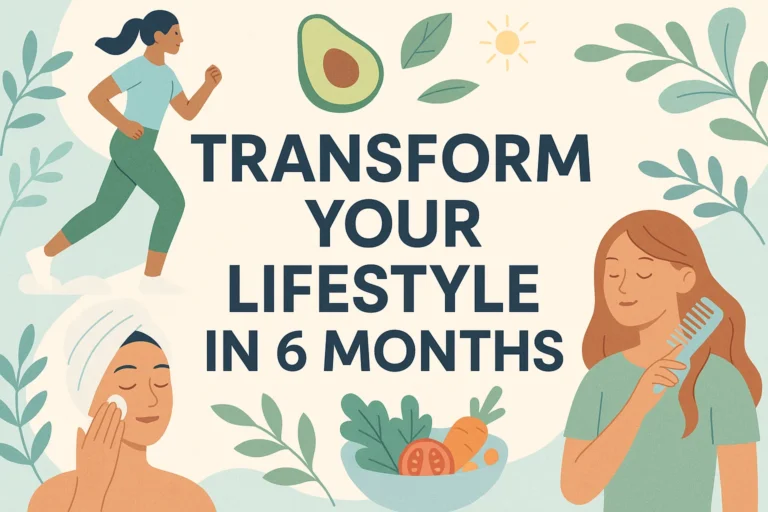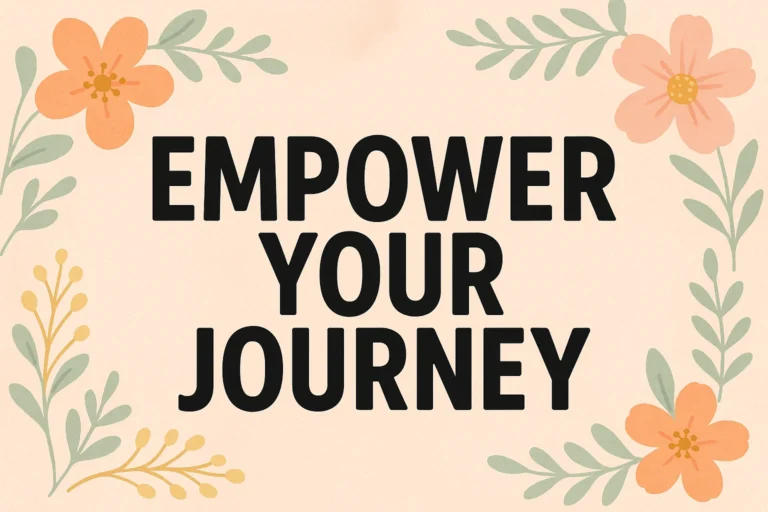9 Planner Inspiration Ideas for Practicing Intentionality Daily
9 Planner Inspiration Ideas for Practicing Intentionality Daily
Ever find yourself at the end of a long day wondering where the time actually went? You were busy, your to-do list was a mile long, but you can’t shake the feeling that you were just reacting to life instead of actively living it. Yeah, I’ve been there too. My planner used to be a glorified list of tasks I was already late for. It felt more like a record of my chaos than a tool for controlling it.
Then I discovered intentional planning. It’s not about doing more; it’s about doing what matters. It’s the art of making your planner work for you, transforming it from a passive notebook into an active partner in designing a life you love. Ready to stop just planning and start planning with purpose? Let’s get into it.
The “Why” Before the “What”
Before we jump into the fun stuff, let’s get one thing straight. An intentional planner isn’t about having the prettiest handwriting or the most expensive stickers (though, no judgment, I love a good sticker sheet). It’s about aligning your daily actions with your deeper values. If you don’t know why you’re doing something, how can you know if it’s truly important?
So, grab your favorite pen and your planner. Let’s breathe some life into those pages.
1. Start with a Mindful Morning Brain Dump
Your brain is a fantastic thinker, but a terrible storage unit. Waking up with a head full of buzzing thoughts, worries, and random reminders is a surefire way to start your day on a reactive foot.
I do this before I even look at my scheduled tasks. I take a fresh page and just word-vomit everything onto the paper. That thing I need to remember for my mom’s birthday, a work anxiety, the fact that we’re out of milk—it all goes down. This practice clears the mental cache and allows you to start your actual planning from a place of clarity.
How to do it:
* Dedicate the first 5-10 minutes of your planning session to a free-write.
* No filtering, no organizing, just writing.
* Once it’s all out, you can review and decide what actually needs to go on your to-do list and what was just mental static.
2. Design Your Day with Time Blocking
A to-do list tells you what to do. Time blocking tells you when you’re going to do it. This was a game-changer for me. Seeing my day as a blank canvas divided into purposeful blocks of time completely shifted my productivity from frantic to focused.
Instead of a list that constantly looms over you, you create a realistic schedule for your day. You give important tasks a dedicated home, which makes you far less likely to procrastinate.
My simple time-blocking method:
* Highlight Non-Negotiables: Mark fixed appointments, meetings, and school runs in one color.
* Create Focus Blocks: Schedule 60-90 minute chunks for your most important work. Guard this time fiercely!
* Schedule the “Admin”: Even things like “check emails” or “make phone calls” get a block. This prevents them from bleeding into your entire day.
* Don’t Forget Breaks! Seriously, schedule your lunch and a 15-minute afternoon walk. You’re a human, not a robot. 🙂
3. Embrace the Power of Themed Days
If you feel like you’re constantly context-switching and never getting deep into anything, this idea is for you. The concept is simple: you assign a specific theme or focus to each day of the week.
For example, Monday could be your Admin Day (emails, planning, finances), Tuesday your Deep Work Day for Project A, Wednesday your Creative Day, and so on. This allows your brain to stay in a specific mode, which increases efficiency and depth of work. IMO, it’s one of the best ways to ensure your big-picture goals get consistent attention.
4. Cultivate a Daily Gratitude Log
Intentionality isn’t just about productivity; it’s about perspective. Adding a small section for gratitude in your daily spread forces you to pause and acknowledge the good, even on a tough day.
This doesn’t have to be profound. I’ve written things like “the way my coffee tasted perfect this morning” or “my cat’s ridiculous purr.” This tiny practice, done consistently, rewires your brain to scan for the positive. It transforms your planner from a purely functional tool into a record of your joy.
5. Implement the “Top 3” Priority System
Let’s be real, a 20-item to-do list is overwhelming and frankly, a little delusional. We set ourselves up for failure by listing everything we could possibly do. The intentional approach? Identify your three Most Important Tasks (MITs) for the day.
These are the three things that, if you accomplished nothing else, would still make you feel like the day was a success. Circle them, highlight them, draw a big star next to them. Do these first. Everything else on your list becomes bonus material. This system ensures you’re always moving the needle on what truly matters.
6. Create a “Done List” for a Confidence Boost
We’re so focused on what’s next that we rarely celebrate what’s done. At the end of the day, instead of just looking at your unfinished tasks, take five minutes to write down what you did accomplish.
Crossing things off a to-do list feels good, but writing them down on a “Done List” feels even better. It provides a visual record of your progress and effort. On days when you feel unproductive, looking back at your Done Lists can be a powerful antidote to that unhelpful inner critic.
7. Use a Habit Tracker for Your Keystone Habits
Want to make sure you’re drinking enough water, reading, or getting your daily walk in? A simple habit tracker grid in your weekly spread is your best friend. It provides immediate visual feedback on your consistency.
What to track:
* Focus on 3-5 small, keystone habits that contribute to your overall well-being.
* Don’t try to track 15 things at once. That’s a recipe for planner burnout.
* Seeing a chain of successful checkmarks is weirdly motivating. You won’t want to break the chain!
8. Schedule “White Space” and Intentional Rest
This might be the most rebellious and important tip here. Schedule nothing. I’m serious. Block out chunks of time in your planner and label them “White Space,” “Buffer Time,” or even “Absolutely Nothing.”
Why? Because life happens. Things run over, you get tired, you need a moment to think. If your schedule is packed back-to-back, one small delay creates a domino effect of stress. White space gives you the breathing room to be a responsive, intentional human instead of a frantic one. It also ensures you have time for spontaneous joy or much-needed rest.
9. End with an Evening Reflection
Just as you started your day with intention, end it with reflection. This is your closing ceremony. It takes just a few minutes but makes a world of difference for tomorrow’s planning.
Ask yourself a couple of simple questions:
* What was the highlight of my day?
* What’s one thing I learned?
* Is there anything I need to let go of before tomorrow?
This practice helps you process the day, celebrate wins, and mentally close the book, allowing for a more restful sleep. FYI, my sleep has genuinely improved since I started this.
Your Planner, Your Rules
So, there you have it. Nine ways to stop just filling pages and start filling your days with purpose. Remember, your planner is your personal command center. Not every idea will resonate with you, and that’s perfect. The goal is to experiment and find the mix that makes you feel empowered and in control.
What’s one idea you’re excited to try tomorrow? Go on, crack open that planner and start designing your day on your own terms. You’ve got this
